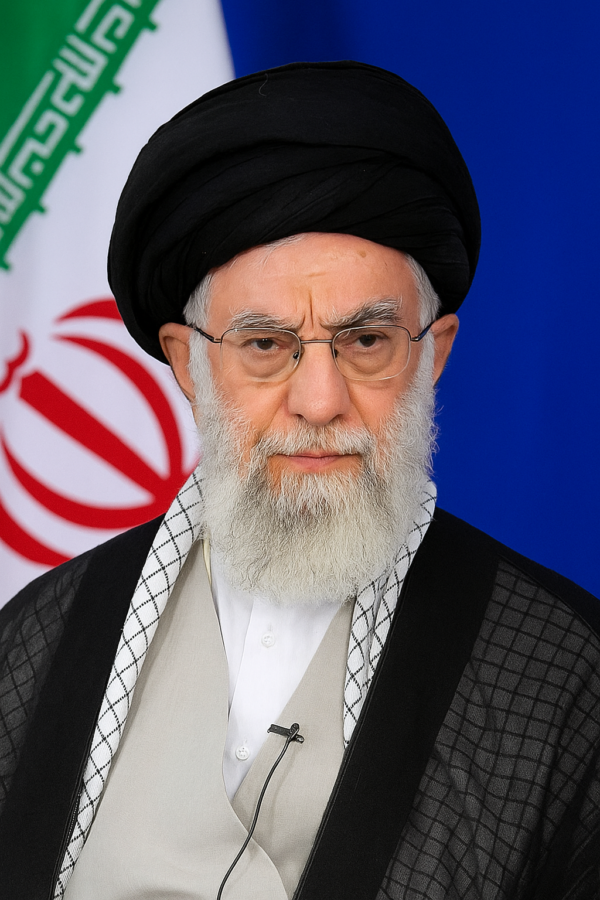Ayatollah Ali Khamenei, the Supreme Leader of Iran, made his first public appearance on Saturday since the outbreak of the Israel-Iran conflict on June 13, ending more than 20 days of absence that had fueled speculation about his health and safety. His reappearance comes just days after Iran’s military intelligence revealed an alleged foiled plot to assassinate Israeli Prime Minister Benjamin Netanyahu.
The 85-year-old leader was seen attending a religious ceremony in Tehran to mark Ashura, one of the holiest days in the Shia Muslim calendar. In footage aired by state television, Khamenei appeared in relatively good health, waving to a standing crowd at the Imam Khomeini Mosque as chants echoed in the background. He remained seated throughout most of the ceremony but acknowledged attendees with nods and brief gestures.
Khamenei had not appeared in public since the escalation of hostilities between Israel and Iran last month. While Iranian state media released several prerecorded messages during that time, concerns over his well-being intensified after reports of U.S.-led strikes on Iranian nuclear facilities on June 22 and heightened threats exchanged between Tehran and Washington.
Tensions surged further last week when Iran’s Islamic Revolutionary Guard Corps (IRGC) claimed it had uncovered and foiled a covert Israeli plan to assassinate Netanyahu in retaliation for the airstrikes that hit Iranian cities and military targets. While Israel has not officially commented on the claim, international analysts say the situation marks one of the highest points of volatility between the two nations in years.
In his prerecorded speech from June 26, Khamenei had already lashed out at both the U.S. and Israel, declaring that Iran’s missile strike on a U.S. airbase in Qatar was a “slap to America’s face.” U.S. President Donald Trump, in turn, stated that while Washington had located Khamenei’s whereabouts, there were “no plans to kill him — at least for now.”
Khamenei’s reemergence is seen by analysts as a strategic move to signal strength and stability within Iran’s political and religious establishment during a critical phase. The Supreme Leader’s appearance during Ashura, a day commemorating the martyrdom of Imam Hussein, holds symbolic weight in the Shia world and is often used by Iranian leaders to rally national sentiment during times of crisis.
While the long-term consequences of the latest Iran-Israel confrontation remain uncertain, Khamenei’s appearance suggests Tehran is keen to project resilience amid military threats and geopolitical pressure.








